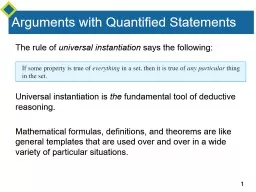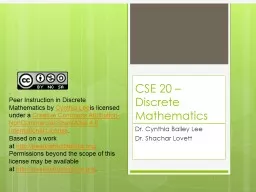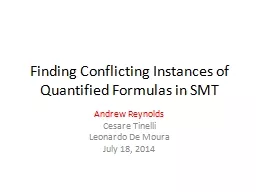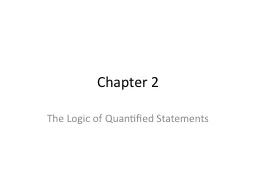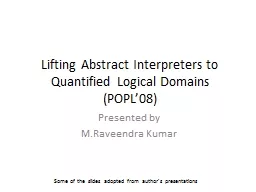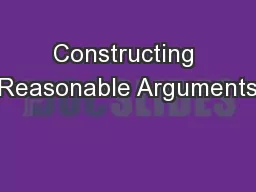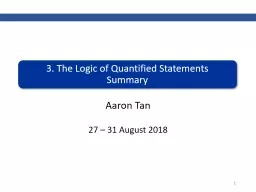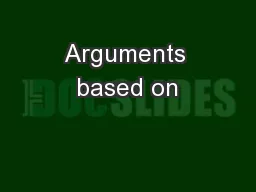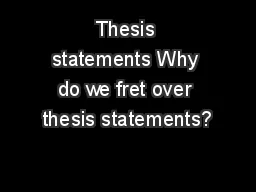PPT-Arguments with Quantified Statements
Author : olivia-moreira | Published Date : 2018-03-13
The rule of universal instantiation says the following Universal instantiation is the fundamental tool of deductive reasoning Mathematical formulas definitions
Presentation Embed Code
Download Presentation
Download Presentation The PPT/PDF document "Arguments with Quantified Statements" is the property of its rightful owner. Permission is granted to download and print the materials on this website for personal, non-commercial use only, and to display it on your personal computer provided you do not modify the materials and that you retain all copyright notices contained in the materials. By downloading content from our website, you accept the terms of this agreement.
Arguments with Quantified Statements: Transcript
Download Rules Of Document
"Arguments with Quantified Statements"The content belongs to its owner. You may download and print it for personal use, without modification, and keep all copyright notices. By downloading, you agree to these terms.
Related Documents

